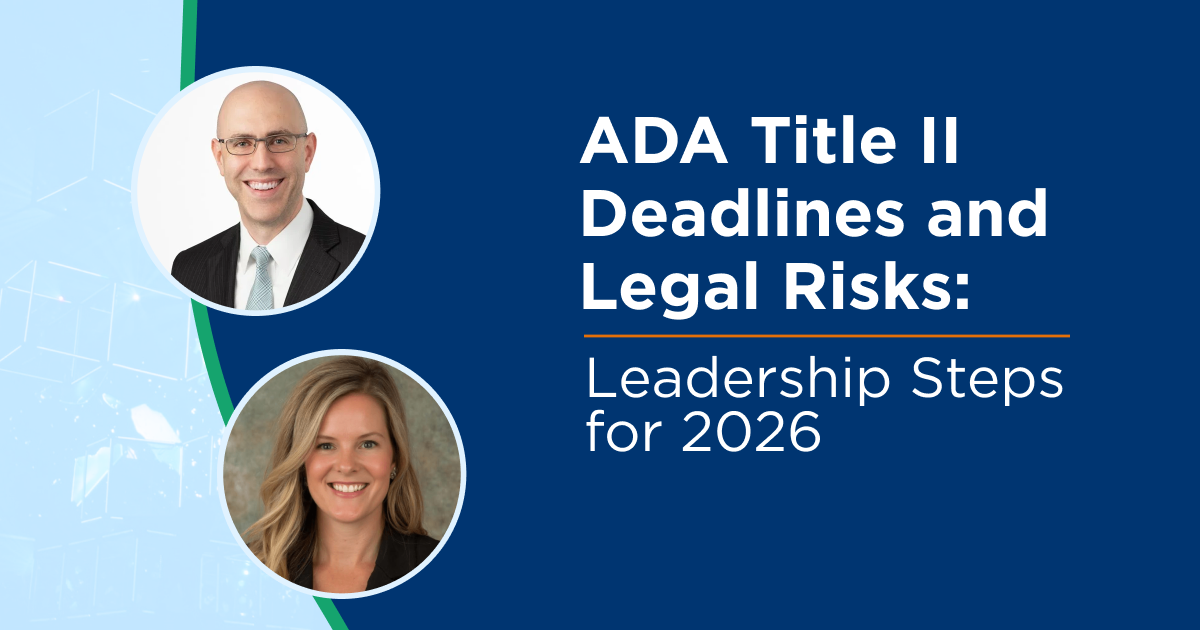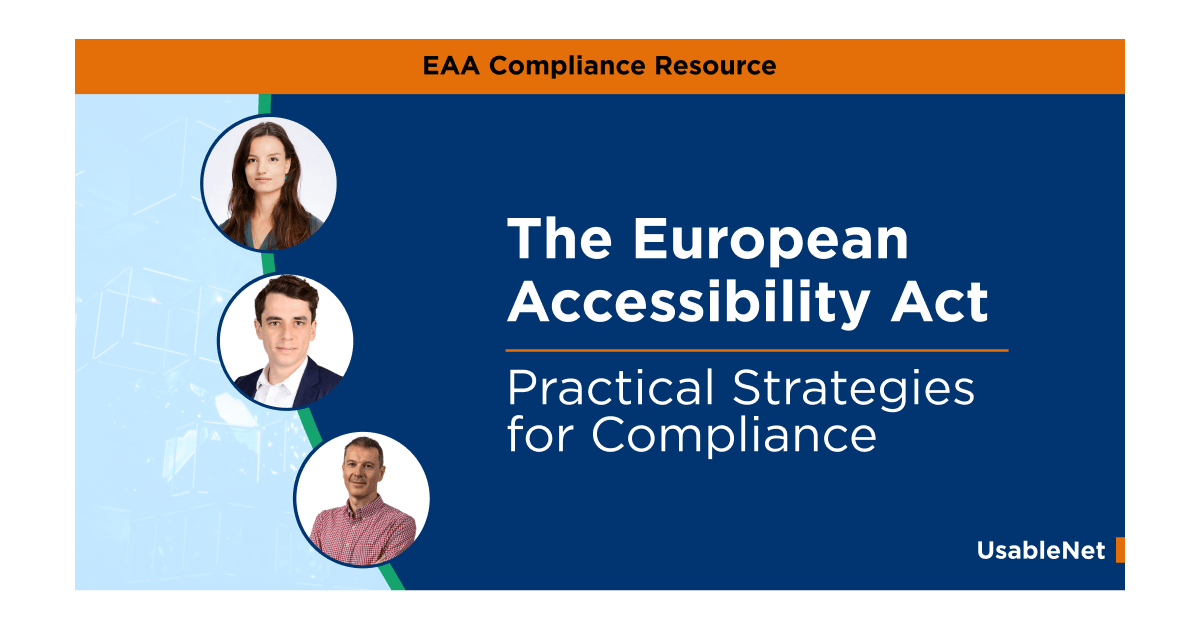When businesses think of the ADA, some may only consider the accessibility of their physical location. But the more than 3,000 lawsuits filed for digital accessibility in 2020, has put companies on notice that their website and mobile apps also need to be accessible.
Now those digital based ADA lawsuits are expanding to target video accessibility.
Even if the rest of your website is accessible, if your video isn’t it can still open you up to ADA -based lawsuits. Let’s take a look at what’s happening right now with video lawsuits under the Americans with Disabilities Act (ADA).
Video New Trend in digital acccessiility Lawsuits
Last week, nine out of twenty-one ADA lawsuits involved claims of inaccessible video. We saw this trend start last year and we see it continuing in 2021
The brands included major corporations like Costco and UPS.
New video lawsuits are referencing different set of issues for people with disabilities. Lawsuits cited a lack of accessibility for those who are deaf with missing captions. Lawsuits also listed an inability to access video with keyboard commands. (People with visual disabilities and some physical disabilities use keyboard commands on websites).
Video has always been on the table for potential ADA suits– both MIT and Harvard received lawsuits for video accessibility in 2015. But, claims have been increasing in recent weeks.
No Closed Captions can mean an ADA Lawsuit
If a plaintiff can't use the public-facing parts of your website or app, they can make a case that this is a violation of the ADA.
The most common video claim is a lack of closed captions or transcriptions. This makes the video unusable for those who are deaf or hard of hearing. (It's also a fast and easy to identify accessibility issue for plaintiffs).
Right now, it seems like a single plaintiff law firm is hyper focused on video lawsuits. It is likely the law firm had success with profiting from these cases in 2020. Now, ADA video lawsuits are continuing into 2021.
So far, this law firm seems to represent three individual plaintiffs or "compliance testers." Testers will navigate lists of household-name brands to look accessibility issues. For the video cases, the plaintiffs seem to be primarily looking for videos without captioning.
In 2020, this same law firm filed 29 video-related ADA lawsuits, mostly in August and September.
We can expect this plaintiff firm to keep up the pace. We don’t know exactly how many video ADA-based lawsuits they’ll file, but we wouldn’t be surprised to see the count hit 100 this year.
Ensure Your Videos Are Accessible
Ensuring that your videos are ADA-compliant is actually easier than you’d think.
WCAG 2.1 contains clear requirements for video accessibility in Section 1.2,
You can implement these steps now to achieve WCAG 2.1 compliance:
- Include closed captions for the deaf on all video and audio content
- Include a transcript below the video, which can be read both by users and screen readers if necessary
- Use a media player that works for keyboard and mouse-free controls
- Consider using audio descriptions for those with visual disabilities, at least in the transcript; you can also use a selectable soundtrack to add these descriptions in, which can be particularly valuable for video tutorials
Video as part of your digital accessibility initiative
When planning your your digital accessibility initiative, you'll want to make a list of your current and planned digital assets. This list might include website, mobile apps, native apps, pdfs, and of course, video.
Prioritize each property based on usage, litigation risk, how issues may impact users, your ability to remediate, and other factors.
Today’s site designers and builders know that if they aren’t proactive about digital accessibility and ADA compliance, they can run into both legal and brand issues.
When you consider the needs of specific groups of users with different disabilities, you create a better user experience for everyone. For more information on ADA digital accessibility and compliance, check out our Ultimate Guide.

.png)










